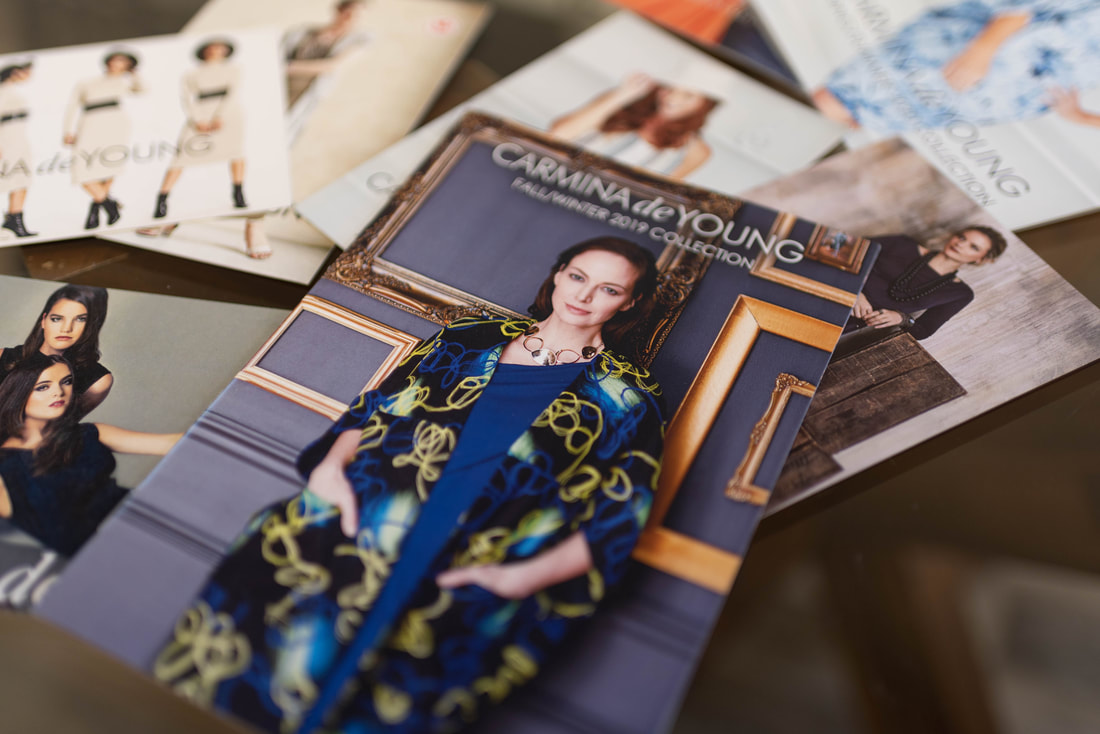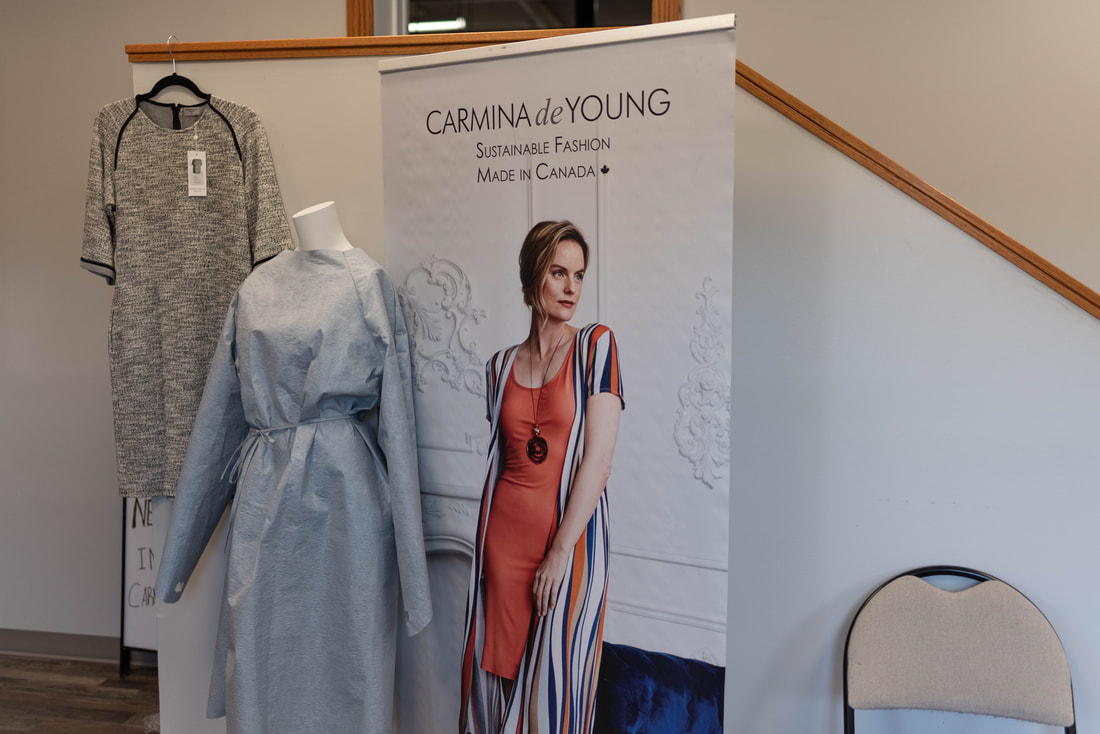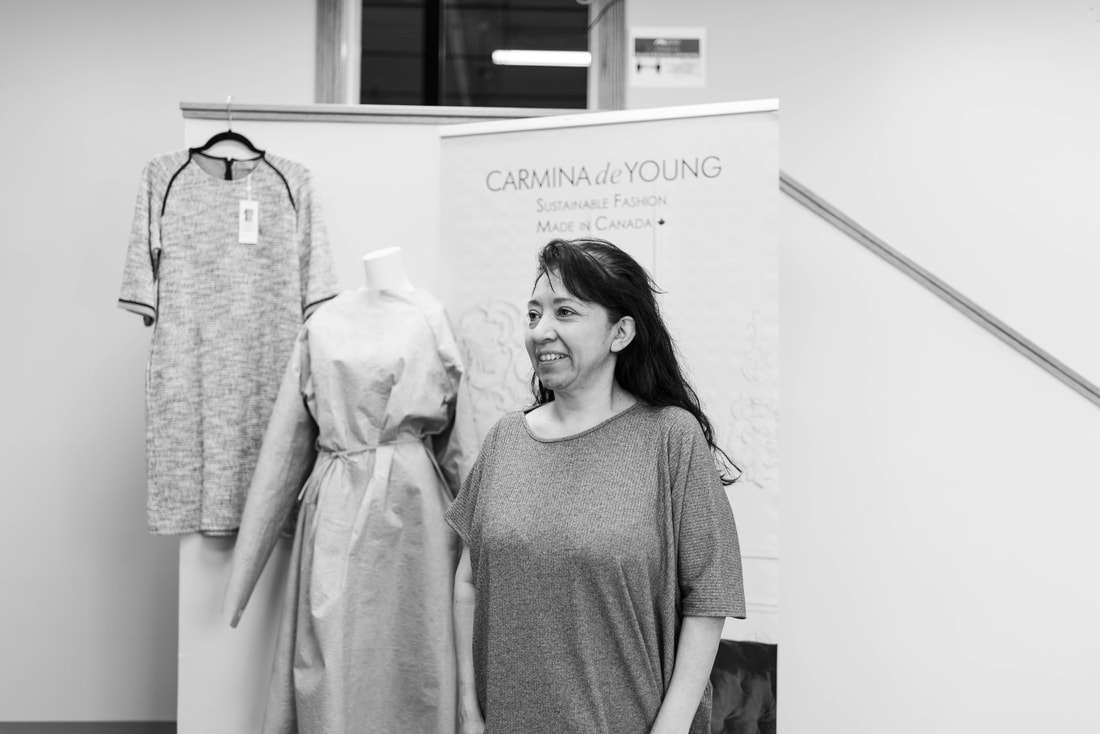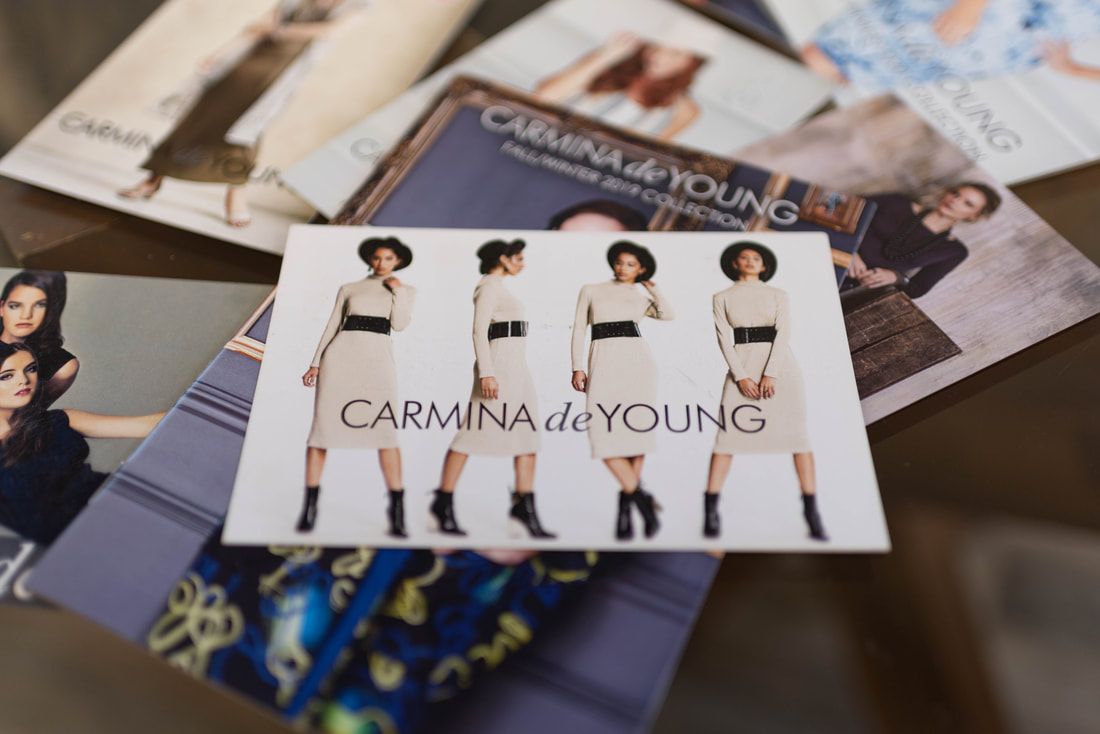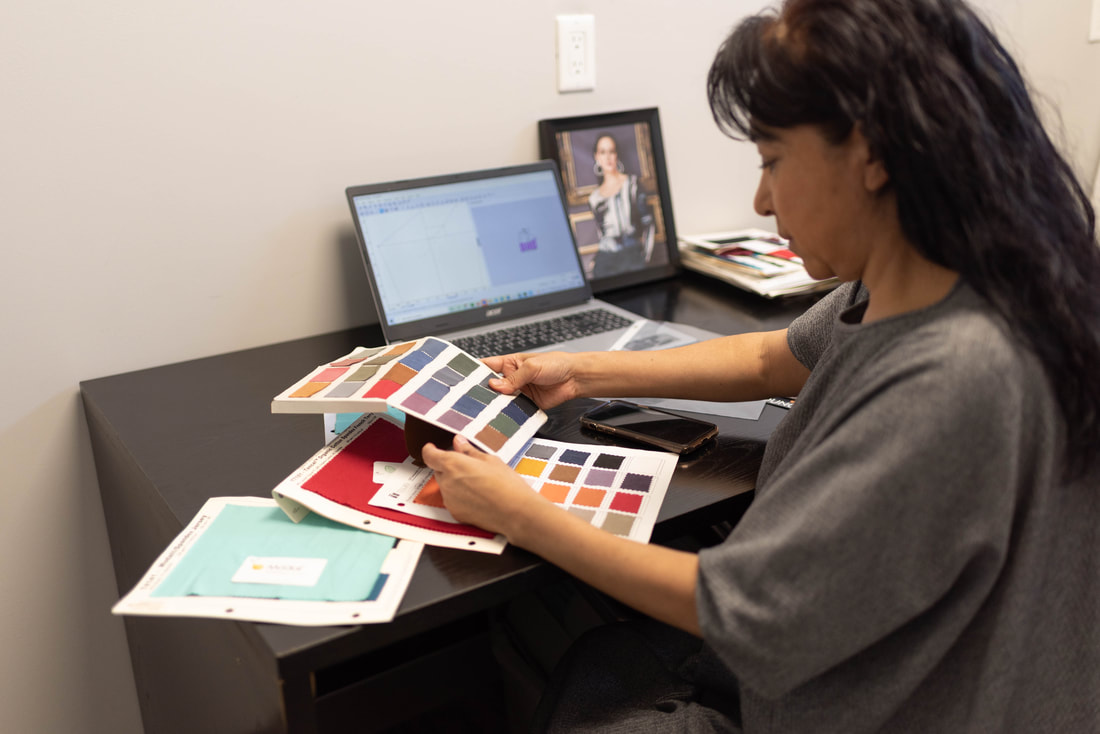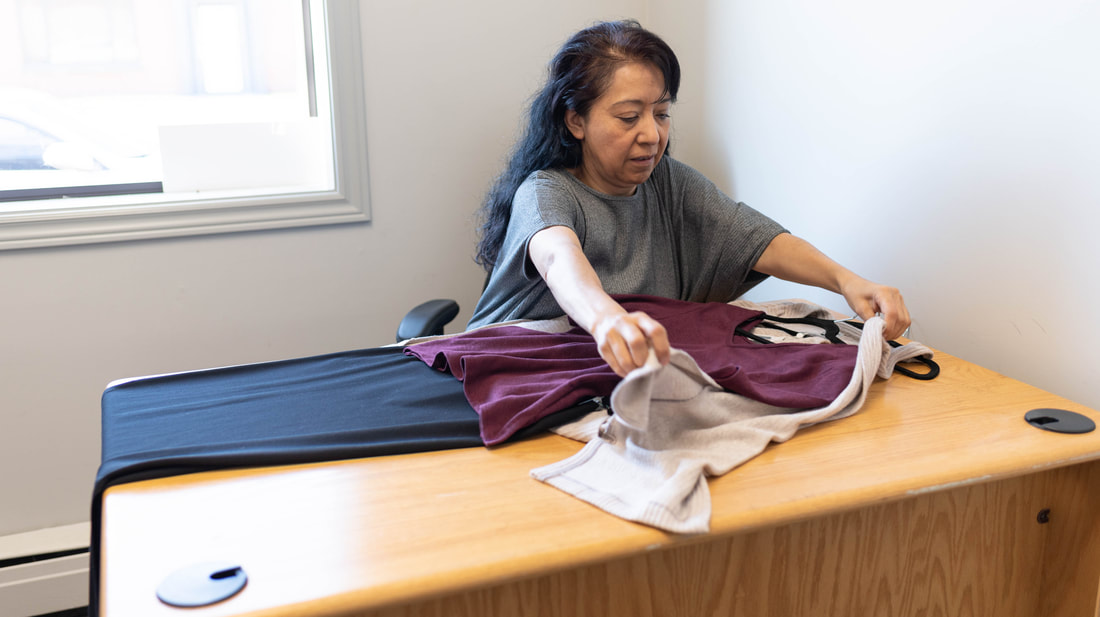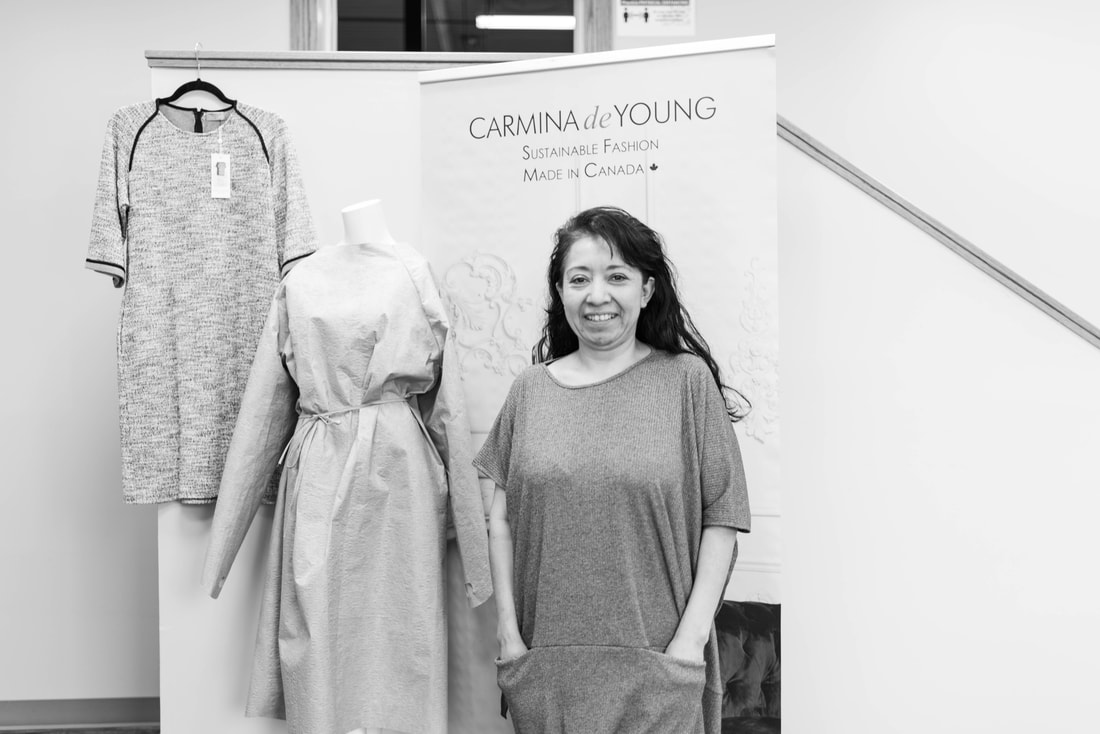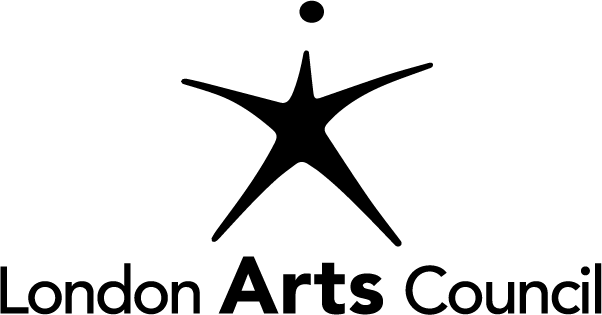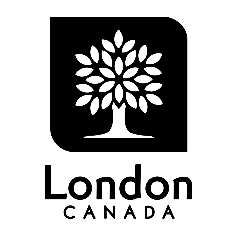LOCAL INTERVIEW WITH CARMINA de YOUNG
|
ANAHÍ GONZÁLEZ (for Embassy Cultural House): Could you give us a brief background about yourself and how did your love for textile work begin? CARMINA: I am the founder of Carmina de Young Fashion Design Inc. My love for fashion started when I was very young, inspired by my mother, a very talented woman. I started working in administrative and office jobs, but fashion was always my side passion. ANAHÍ: Sustainability is one of your pillars, could you tell us more about the environmental commitment in your brand? CARMINA: Since the conception of the business, we have strived to be environmentally responsible. As the business continues to grow our team is very committed to remaining a triple bottom line business. We care for the environment; we care for the planet and the people. This means we find ways to recycle; we find innovative ways to change our processes to eliminate waste from our landfills, protect the environment, and contribute to caring for our planet. Carmina de Young (CY Health) is a founding partner of Lifecycle PPE, a unique collaboration to create a self-contained sustainable supply chain for 100% Canadian-made disposable isolation gowns and related PPE in southwestern Ontario. Lifecycle Revive and Lifecycle Health were created to create a circular PPE waste collection, recycling, reprocessing and manufacturing program. By the end of 2021, we will reclaim and reprocess enough hospital waste to provide raw material to make more than 3 million isolation gowns each year. ANAHÍ: At the outset of the COVID-19 pandemic, your brand responded by designing PPE and supplying the Canadian government, hospitals, emergency services and more. Could you tell us more about this journey? CARMINA: Before Covid we were selling women's clothing through Canadian retailers. At the outset of the pandemic, we went through a terrifying moment. All of our orders were cancelled as retailers were closing their doors. We had to lay off our team. We took immediate action by responding to the needs of health care workers who required protective wear. We called our team back, hired new people and started making isolation gowns distributed to emergency services and other non-profit organizations. This is where our CYHealth brand starts. Today we are helping other businesses to make a level 3 isolation gown for a federal contract. We also sell our products directly and indirectly to customers. Our goal is to continue to grow and become a source of PPE supplies to hospitals and other healthcare organizations. We will also produce textiles to make PPE through our Life Cycle program, and our goal is to become a competitive player in this industry. We will bring back our fashion brand in a sustainable manner. ANAHÍ: What does a “typical” day in your workshop look like? CARMINA: This isn't easy to explain because our team consists of over 50 employees. Sometimes we work in the office strategizing our schedule to maximize productivity. We worked on each department, training current and new employees on processes and procedures and quality control. We run from department to department to solve any HR or productivity challenges, broken equipment—production flow. Through the day, one moment, we are talking to a client. At another, we are talking to our partners about our other ongoing projects or to federal and provincial authorities to provide reports requested for any funding we have received. We manage the productions of two federal contracts for all the processes, including cutting, sewing, and packing. Other side projects include the design development of other fashion brands, including developing concepts, creating technical packages, pattern-making and grading. With these contracts, we also manage the production runs. Working on these projects is always exciting! But the work is always intense. ANAHÍ: For the ECH, the community is one of our pillars. We both share the same commitment to our community. Could you tell us more about your role in London, not only as an entrepreneur but as an artist? CARMINA: I am an entrepreneur, but beyond that, I have a purpose. My purpose is to make a positive impact on others and on our community. We can make a difference by finding inspirations and innovative ways to create and recreate something that benefits others. I can help others by creating jobs, I have the ability and the expertise to help others create a product or a brand, a concept that is only on paper or in their head can become alive. ANAHÍ: The relationship between Canada and Mexico is an important one, culturally, politically, and economically. Does Mexico come along in your practice as an artist and entrepreneur? If so, could you tell us more about it? CARMINA: Mexico is in my heart. With the economic impact that the pandemic has left on the Mexican people, I feel in my heart that I need to do something to help with the situation. Therefore, I have looked into bringing manufacturing to Mexico. I have also thought of incorporating the work of Mexican artisans into my brand. While it is still early for our team to open a business in Mexico we have considered it several times last year. ANAHÍ: In your website, you mentioned four women that helped you and encouraged you in your journey. Could you tell us more about your mentors? CARMINA: Through my business journey, I had many mentors. Some came through programs that I joined as I was trying to find resources to grow my business. Each mentor I had contributed to my learning, and I am so grateful to each one of them. However, my closest mentor has become my business partner. Not only was she very supportive of me throughout my business journey, but she rolled up her sleeves when it was needed. Today we are business partners and I am so grateful for all she does for this business. ANAHÍ: And lastly, if you could tell the Carmina from 1999 that just left Mexico and moved to Canada, what would it be? CARMINA: Carmina that left Mexico, was a young woman with dreams, dreams of helping her own family, especially her parents and siblings, to have a better life, dreams of doing something positive but not knowing what that was going to be. For more information on Carmina and her company, click here. ____ Photo and video credit courtesy of Anahí González. |
|
